Asus Vivo Tab Review - Screen, Touch, Wacom Stylus & Speakers Review
Screen, Touch, Wacom Stylus & Speakers
A smart Windows 8 convertible tablet/laptop with simply amazing battery life.
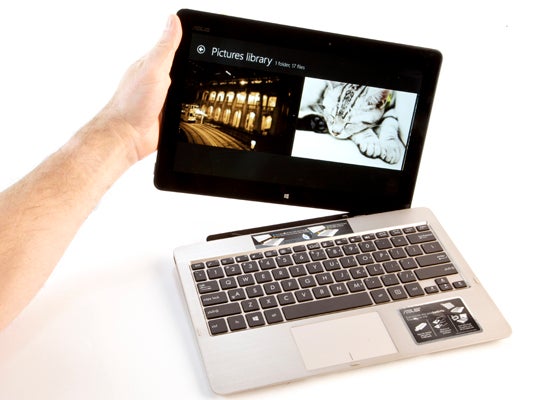
Sections
- Page 1 Asus Vivo Tab Review
- Page 2 Connectivity, Keyboard Dock and Cameras Review
- Page 3 Screen, Touch, Wacom Stylus & Speakers Review
- Page 4 Performance, Battery, Value and Verdict Review
Asus Vivo Tab – Screen
Like every other ‘mid-range’ Windows 8 convertible tablet/laptop, the Asus Vivo Tab sports an IPS screen with a 1,366 x 768 resolution. While this resolution might seem a little low these days with the likes of the Apple iPad 4, Google Nexus 10 and Microsoft Surface Pro all stuffing in those pixels, bear in mind that until recently this was the standard on screens as large as 16 inches. No it’s not as sharp as the Full HD screens on high-end Windows convertibles, but most of the time it’s still perfectly fine.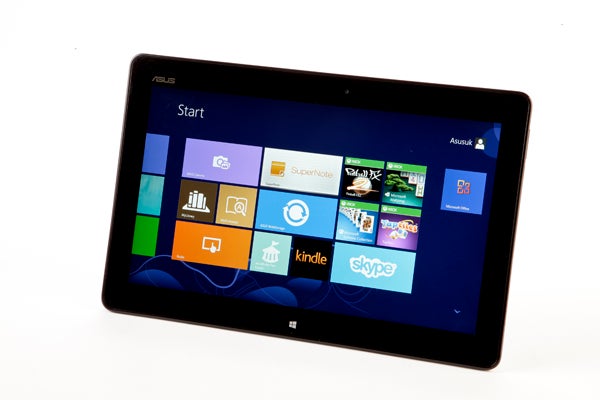
In most other regards, the Asus Vivo Tab’s screen holds up remarkably well. It offers the usual near-flawless viewing angles we associate with IPS and a very high maximum brightness, making it usable in sunlight despite its Fit glass protection. Here Asus has handily outdone rivals.
Colours are reasonably good with smooth gradients. Blacks are relatively deep yet dark detailing is excellent, showing up even the subtlest of shades. The only fly in this ointment is that backlighting displayed some clouding and slight but noticeable bleed from the bottom and left. Once again, however, it’s important to point out that our sample is a pre-production unit and these issues may well be ironed out on retail models.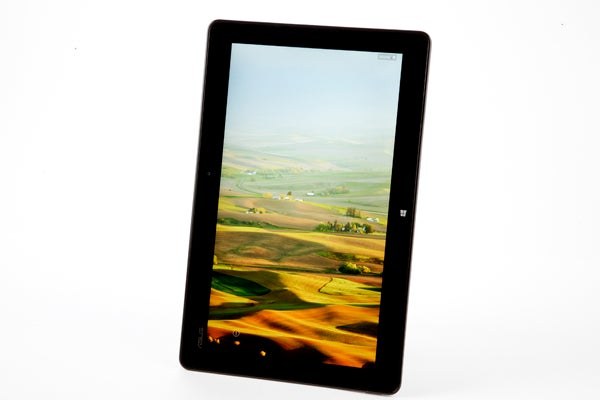
Asus Vivo Tab – Touch and Wacom Stylus
Unlike many more expensive Windows 8 tablets which only support five-finger touch, the Vivo Tab’s screen will take input from 10 fingers simultaneously. It responded beautifully to even the lightest touch or swipe, making Windows 8 a pleasure to navigate.
However, clunky digits aren’t the only way to interact with the Vivo Tab’s display, as there’s also a pressure-sensitive digital stylus from Wacom. Don’t mistake this for the cheap capacitive pens you can get for any tablet; those don’t give you pressure sensitivity, buttons to press, or palm rejection (which stops the screen accepting input from your hands when it detects the stylus). 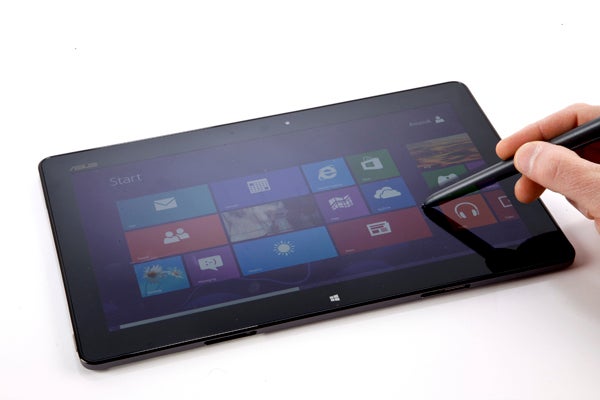
The Wacom pen supports up to 1,024 pressure levels, interchangeable tips, and even a digital eraser on its top. It’s great for handwriting, sketching, drawing, photo-editing, and navigating through the ‘traditional’ desktop interface or older software in Windows 8 sans touchpad or mouse.
Our one complaint is due to the Atom processor and limited RAM, which mean that working with large graphical files in the likes of Photoshop can be like wading through treacle… Also, Asus hasn’t included a slot for the bundled stylus, but to be fair this is to keep the tablet and dock as slim as they are.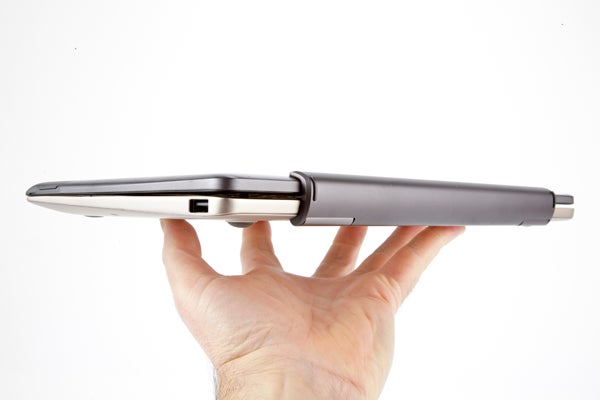
Asus Vivo Tab – Speakers
Unfortunately, while its screen is impressive, the speakers on our pre-production Vivo Tab weren’t up to much. Mind you, speakers on tablets generally aren’t that great, but while the efforts here produce plenty of clarity, they’re somewhat lacking in volume.
Also, the stereo speakers are facing backwards rather than to the front, and they’re in the exact location at least one of your hands is likely to be when holding the Vivo Tab in landscape mode. If it’s decent sound in a Win 8 hybrid you’re after, the HP Envy x2 is a better option.
How we test tablets
We test every tablet we review thoroughly. We use industry standard tests to compare features properly and we use the tablet as our main device over the review period. We’ll always tell you what we find and we never, ever, accept money to review a product.

